Change of Emphasis: Keywords Chart
The 2022 version of Annex 1 was expanded considerably and now contains a strong focus on risk management and having a contamination control strategy.
The new version of Annex 1 has been expanded considerably and now contains a strong focus on risk management and having a contamination control strategy.
The new document is 59 pages long and requires manufacturers to have clear rationale for preventing contamination of finished products by micro-organism, particulate or pyrogen. This should be achieved by developing, validating and reviewing a holistic, facility wide strategy to prevent contamination.
The revised Annex 1 to came into operation on 25 August 2023, except for point 8.123 which is postponed until 25 August 2024
First published in the 1971, the previous iteration was the third revision and is one of the many key annexes of Good Manufacturing Practice (GMP). The regulatory bodies, for example in the UK the Medicines and Healthcare products Regulatory Agency (MHRA), issue manufacturing licences to pharmaceutical manufacturers in response to an application for a UK marketing authorisation for a product.
A licence can only be granted after detailed evidence has been collected to demonstrate compliance to GMP. It is worth noting that GMP is the minimum requirement for medicines manufacture and within the UK there are over 700 GMP licenced organisations. General information on the process of application and inspection is available on the UK governments website, click here.
Annex 1 was last revised in 2008, so an update was much overdue. The new version has some key areas of focus, namely:
The term ‘Risk assessment’ is mentioned 20 times in the new Annex, demonstrating a key message in the new annex 1. The term is more easily associated with health and safety, but broadly speaking a risk assessment consists of the identification of hazards, the analysis and evaluation of the risk and its potential impact on a process, an individual or a business. If that impact is likely and could be significant, then preventative measures need to be considered and deployed.
Resources to aid in building robust risk assessments are available, for example, European Medicines Agency ICH guideline Q9 on quality risk management.
The first obvious change is in the number of pages, the outgoing Annex 1 had 16 pages only, the new version has increased in size to 59 pages. There is also a marked difference in the repetition of key words within the new version, for example, the word ‘monitoring’ is mentioned five times more frequently in the 2022 Annex 1.
As mentioned above there are some key focuses within the new version. Whilst both Annex 1 documents, and GMP in general, talk about minimising the risk of microbial, particulate and pyrogen contamination in a finished product, the new version emphasises the importance of considering facility, personnel, processes and monitoring. This is supported by the use of terms such as quality risk management and pharmaceutical quality systems to manage the process of identifying and controlling risks. The new version clearly provides a broader directive on risks throughout a facility and process, for example consideration around the increased use of RABs and Isolators, blow fill seal technology. All of these factors form the basis for that holistic facility wide approach and the creation of a contamination control strategy (CCS).
A more obvious change in the new Annex is the revision to Grade A limits for biocontamination. Previously the limits for active samples stated an average of less than one cfu per cubic metre, this was of course open to some interpretation. The Annex 1 is clear, the limit is zero, meaning any event represents a breach and will need a full investigation. Manufacturers will need to recognise this could lead to an increase in resource within QA and/or QC Microbiology to carry out the in investigations and document the findings.
We have an infographic to explain the key changes between the two documents.
What are the changes in Annex 1? We have pulled together a comparison of differences between the two versions, highlighting some key areas of focus. While this is not a comprehensive account of every single update, we hope you find it useful.
The 2022 version of Annex 1 was expanded considerably and now contains a strong focus on risk management and having a contamination control strategy.
Previously the limits for microbial contamination stated an average of less than one cfu. In the 2022 version of Annex 1, the limit is zero.
Greater level of detail describing requirements and guidance on operations in Grade A - D.
Expresses that Grade B monitoring frequency should be similar to Grade A.
Aseptic preparation of products should be clearly defined, with risks associated and control measures in place including monitoring and review, and well documented.
Download FactsheetWater treatment has an entire section, which also refers to the Pharmacopoeia requirements, biofilms and WFI.
Cleaning is referred to throughout and now mentions vapourised hydrogen peroxide (VHP) as part of fumigation.
AnalytiChem UK has a range of products and capabilities to support the environmental monitoring program for pharmaceutical manufacturers. Our flexibility in offering tailored, bespoke Redipor media solutions can help support your EM program, matching solutions to specific applications.
Our active monitoring and sampling solutions can be tailored to specific applications with a range of deployment and installation solutions to choose from.
Receive the latest articles as they are published.
7 & 8 Launton Business Centre,
Murdock Road,
Bicester,
OX26 4XB
Phone
Tel: +44 (0) 1869 355 500
Fax: +44 (0) 1869 355 545
Email
sales.uk@analytichem.com


Copyright © 2025 AnalytiChem UK (Formerly Cherwell). All rights reserved. Privacy Policy & Disclaimer